Remember when changing the channel meant actually getting up and walking to the television set? The 1960s were a time when the smallest gestures could spark the biggest changes, when what seems perfectly ordinary today was nothing short of revolutionary back then. Looking back through the lens of time, it’s fascinating to see how moments that might make us smile now once had the power to transform society, challenge authority, and redefine what it meant to be young in America.
1. The Beatles Appearing on The Ed Sullivan Show
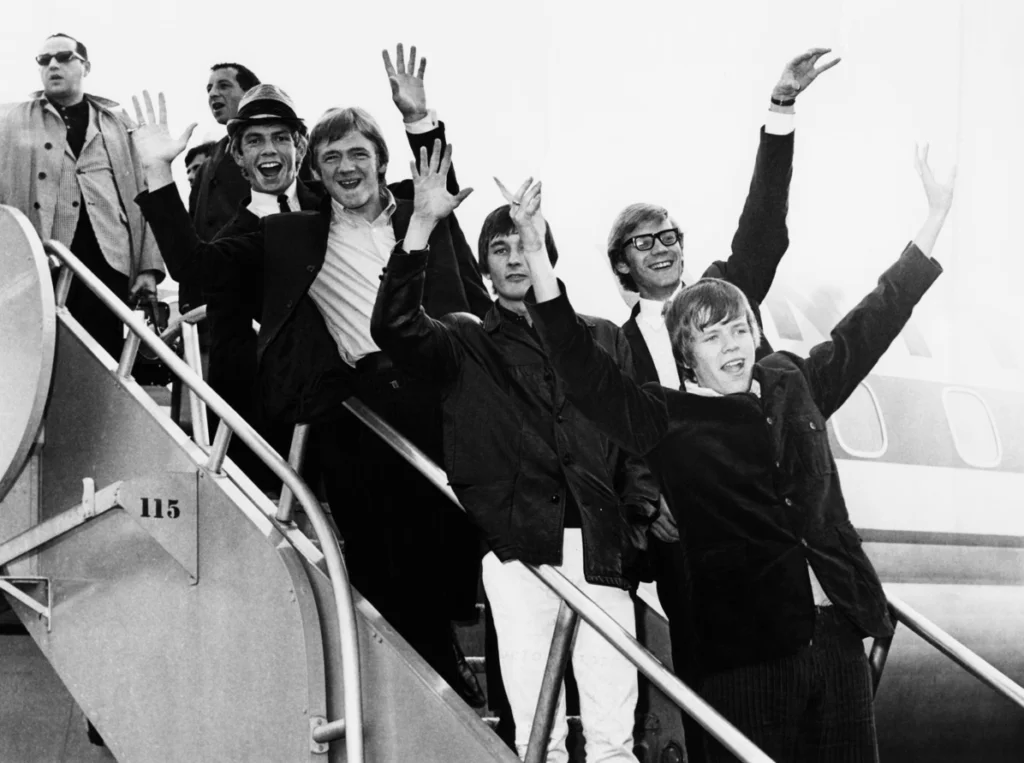
When four lads from Liverpool stepped onto that stage on February 9, 1964, parents across America clutched their pearls and wondered what had happened to nice, clean-cut performers like Pat Boone. The screaming was so loud that you couldn’t even hear Paul’s bass line, and those “mop-top” haircuts seemed scandalously long to a generation raised on crew cuts. Television executives worried that this British invasion might corrupt America’s youth with its wild rhythms and rebellious energy. Smithsonian Magazine puts even more startling statistics to this unprecedented entertainment event.
Fast-forward to today, and The Beatles’ Sullivan appearance looks like a charming family variety show compared to modern concerts and music videos. Their matching suits and polite bows to the audience seem almost quaint now, like watching your grandfather’s idea of rock and roll rebellion. What once sent shockwaves through living rooms across the nation now feels as wholesome as apple pie, yet it remains one of the most pivotal moments in American pop culture history.
2. Casual Friday Breaking the Corporate Dress Code
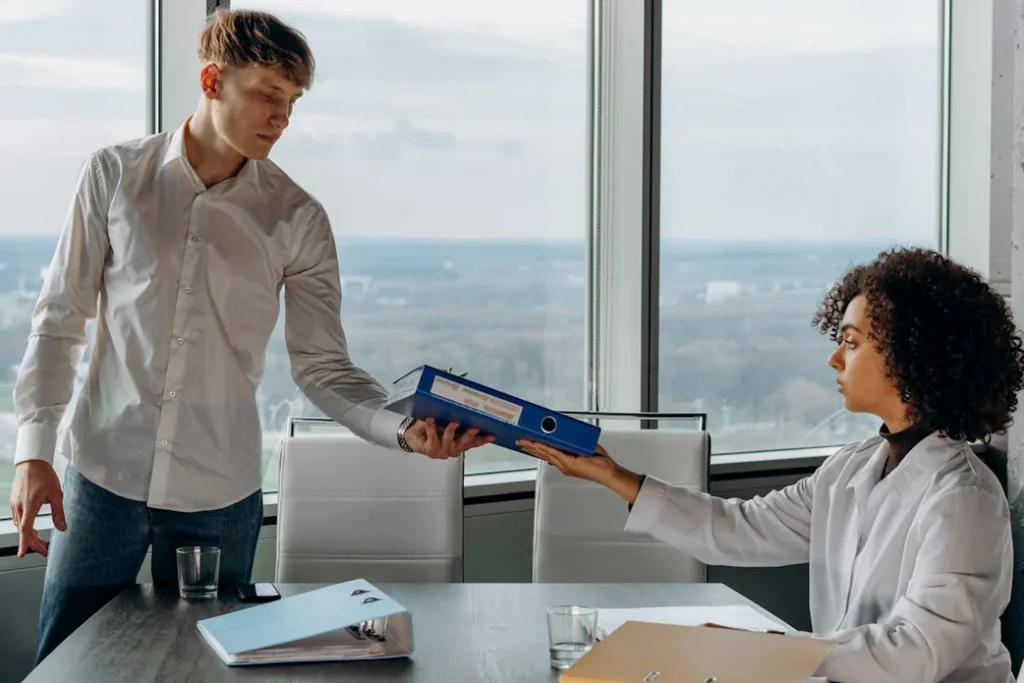
When IBM became one of the first major corporations to allow employees to dress down on Fridays in the late 1960s, it sent shockwaves through the business world that had operated on strict dress codes for decades. The sight of executives walking into boardrooms without ties and secretaries wearing pants instead of skirts seemed to signal the complete breakdown of professional standards to traditionalists. Company presidents worried that relaxed dress codes would lead to relaxed work ethics, and many older employees genuinely believed that proper business attire was essential to maintaining respect and authority in the workplace. According to Mental Floss, Casual Friday had a very unusual, yet in hindsight completely fitting, origin.
Today, when remote workers attend video meetings in pajama bottoms and tech CEOs run billion-dollar companies in jeans and sneakers, those early Casual Friday pioneers seem almost formal by comparison. The radical act of removing a necktie on the last day of the work week now looks quaint compared to the complete transformation of workplace attire that followed. What once required careful policy memos and nervous approval from upper management has evolved into a complete reimagining of what professional appearance means in the modern world.
3. The First Interracial Kiss on Television
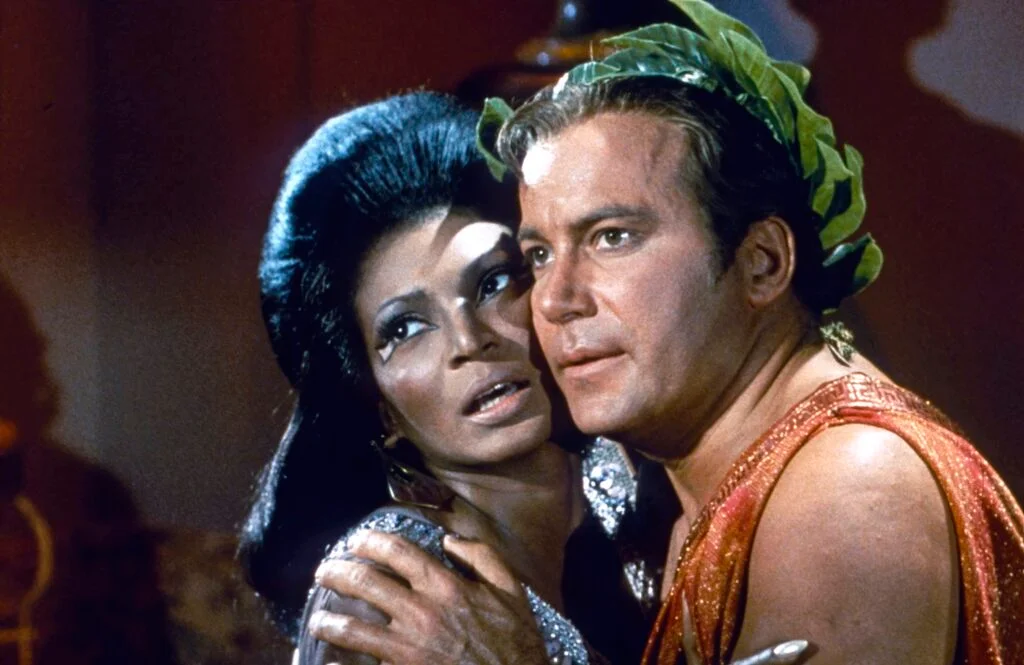
When Captain Kirk and Lieutenant Uhura shared that historic kiss on Star Trek in November 1968, NBC executives held their breath and waited for the inevitable backlash. Some Southern television stations refused to air the episode, and the network received both outraged complaints and letters of support from viewers across the country. That three-second moment represented years of civil rights struggles condensed into a single, groundbreaking scene that dared to show what integration might actually look like. This is one of several ways History considers Star Trek still one of the most revolutionary programs to boldly go where no one has gone before.
Looking back, it’s remarkable how revolutionary that brief, almost chaste kiss between William Shatner and Nichelle Nichols really was in the context of its time. Today’s viewers might barely notice it among the countless interracial relationships portrayed across all forms of media, but in 1968, it was a bold statement about the future of American society. What once required courage from network executives and actors alike now seems like such a natural, obvious step forward that it’s hard to imagine it ever being controversial.
4. Bob Dylan Going Electric at Newport Folk Festival
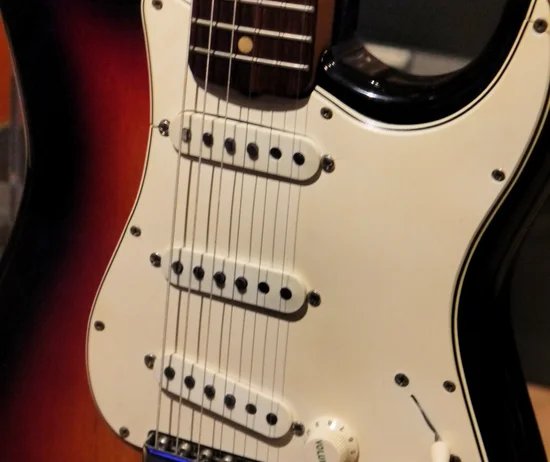
The boos that erupted when Bob Dylan plugged in his Fender Stratocaster at the Newport Folk Festival in July 1965 weren’t just about music—they were about betraying an entire movement. Folk purists felt like their acoustic prophet had sold out to commercial rock and roll, abandoning the simple, honest sound that had become the soundtrack to social change. The crowd’s reaction was so intense that some witnesses swore they could feel the ground shifting beneath the folk music establishment.
These days, the idea that an artist might be criticized for experimenting with different instruments or sounds seems almost silly in our era of genre-blending and musical fusion. Dylan’s electric performance, which once seemed like a shocking departure from his roots, now looks like a natural evolution that paved the way for decades of musical innovation. What was once considered artistic treason is now studied in music schools as a masterclass in creative growth and artistic integrity.
5. The First Credit Cards Changing How Americans Shopped
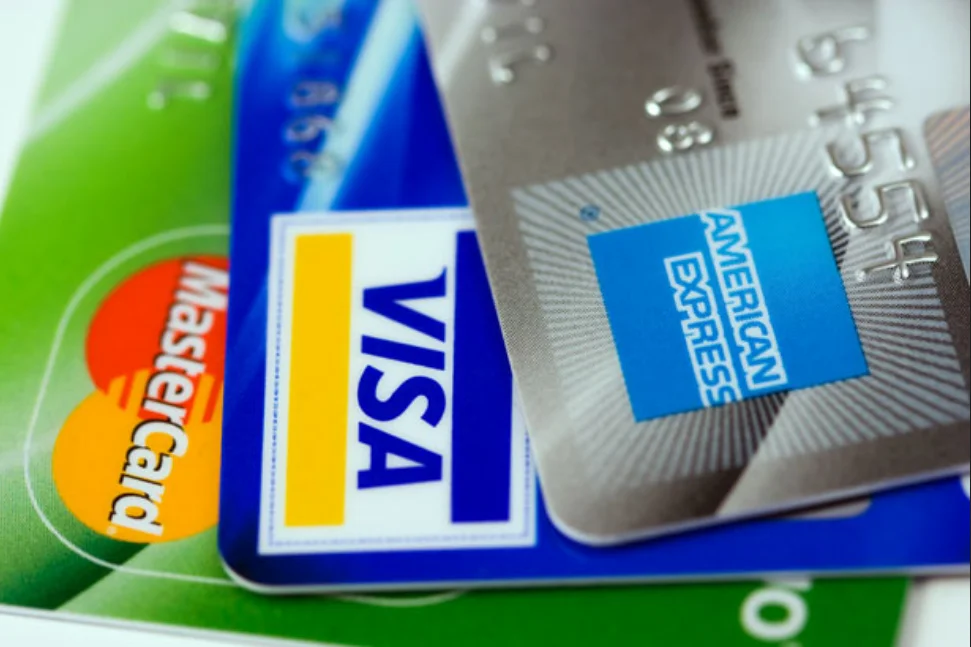
When Bank of America began mass-mailing credit cards to California residents in 1966, it launched a financial revolution that most people didn’t see coming and many didn’t trust when it arrived. The idea of buying something without immediately paying cash seemed dangerous and irresponsible to Depression-era parents who had learned to save every penny before making any purchase. Store clerks fumbled with carbon paper and manual card readers, while customers nervously signed receipts for purchases they couldn’t technically afford yet, wondering if this plastic rectangle would somehow lead them into financial ruin.
Today, when contactless payments and digital wallets have made even physical credit cards seem outdated, those first tentative swipes through manual card readers look almost quaint in their mechanical simplicity. The plastic revolution that once seemed so risky and complicated now appears refreshingly straightforward compared to the complex world of online banking, digital currencies, and instant transactions we navigate daily. What once required careful explanation from patient bank representatives has become so fundamental to commerce that it’s hard to imagine how people managed to shop, travel, or conduct business without it.
6. The First Earth Day Celebration

When 20 million Americans took to the streets on April 22, 1970, to demonstrate for environmental awareness, many observers dismissed it as another hippie fad that would fade with the next full moon. College students cleaned up parks, families organized neighborhood recycling drives, and ordinary citizens suddenly started talking about something called “ecology” as if the planet’s health actually mattered. Politicians and business leaders watched nervously as this grassroots movement gained momentum, unsure whether this environmental concern was a passing phase or something more permanent.
Looking at today’s climate activism and environmental awareness, those first Earth Day celebrations seem almost quaint in their optimism and simplicity. The hand-painted signs and peaceful park cleanups feel refreshingly innocent compared to the urgent, global climate protests we see today. What began as a single day of environmental awareness has evolved into a year-round, worldwide movement, making those pioneering activists look like gentle prophets of the green revolution that was to come.
7. College Students Protesting the Vietnam War
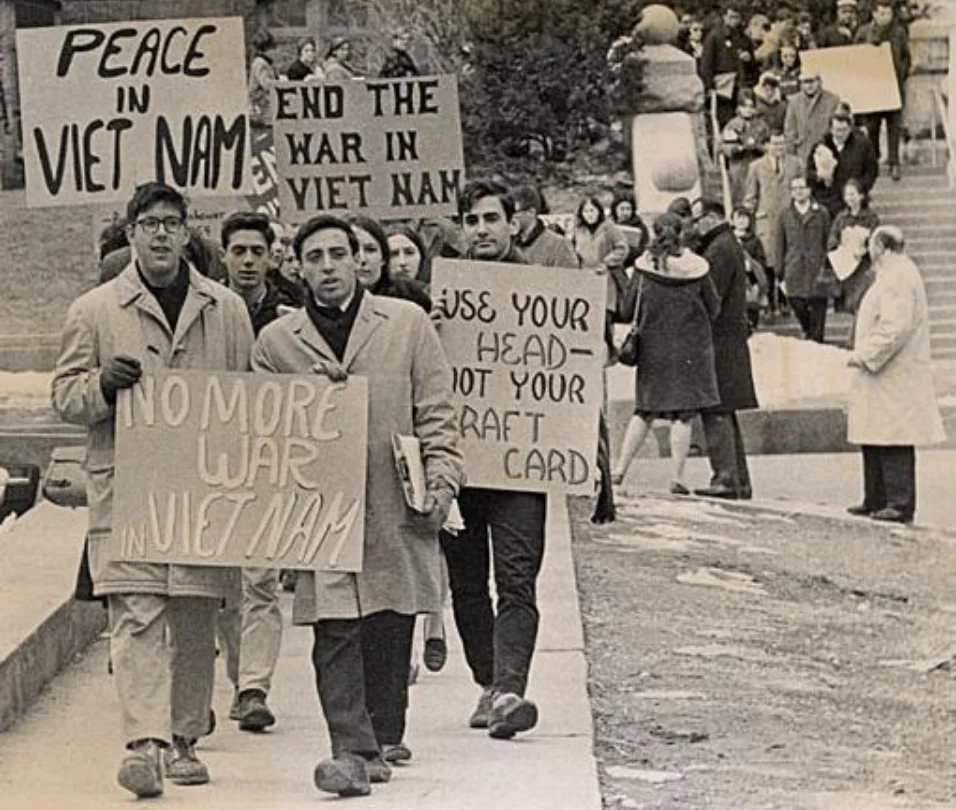
When university students first began organizing teach-ins and peaceful demonstrations against the Vietnam War in 1965, many adults dismissed them as naive kids who didn’t understand the complexities of foreign policy. The sight of clean-cut college boys and girls carrying protest signs and questioning their government’s decisions was genuinely shocking to a generation that had been raised to respect authority without question. These early protests seemed almost polite compared to what would come later, but they represented the first cracks in the foundation of unquestioning patriotism.
Today’s college activism, with its sophisticated social media campaigns and globally coordinated efforts, makes those early Vietnam protests look almost charming in their grassroots simplicity. The handmade signs and peaceful sit-ins that once seemed so radical now appear in documentary footage as heartfelt expressions of youthful idealism. What started as scattered campus demonstrations evolved into a movement that would help end a war and forever change how Americans view their government’s military decisions.
8. Shopping Malls Replacing Downtown Shopping Districts

When the first enclosed shopping malls began opening in suburban areas during the 1960s, downtown business owners watched with growing alarm as customers abandoned Main Street for these climate-controlled shopping wonderlands. The idea that people would drive past perfectly good local stores to shop in an artificial environment with piped-in music and no natural light seemed to represent everything shallow and commercial about modern American life. City planners worried about the economic impact on traditional downtown areas, while older shoppers missed the personal relationships they had built with individual store owners over decades of loyal patronage.
Today, when online shopping has largely replaced both malls and downtown districts, those early shopping centers seem like charming examples of community gathering places compared to the isolated experience of ordering everything through a computer screen. The enclosed malls that once threatened traditional commerce now face their own extinction, making them nostalgic symbols of an era when shopping was still a social activity that brought people together in shared spaces. What once seemed like the death of authentic local commerce now looks like the last gasp of in-person retail community before digital shopping changed everything once again.
9. Color Television Replacing Black and White
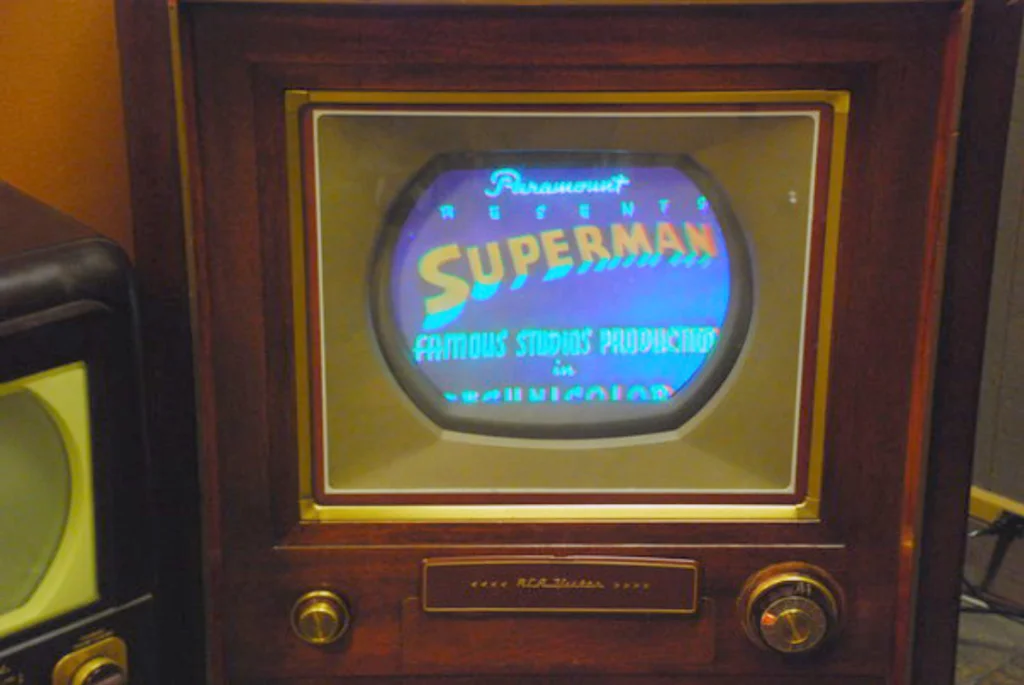
When NBC began broadcasting regularly in color starting in 1965, families across America faced a decision that seemed almost impossibly expensive and potentially unnecessary for something that had worked just fine in black and white. The idea of spending several months’ salary on a television set just to see Bonanza in color struck many practical parents as frivolous, especially when their current TV worked perfectly well for watching the news and Ed Sullivan. Early color broadcasts were often unreliable, with skin tones that looked more green than pink, leading skeptics to wonder if this technological advancement was worth the considerable investment and adjustment.
Today, when ultra-high-definition displays with millions of colors fit in our pockets and 75-inch screens are considered standard living room furniture, those first bulky color television sets seem almost primitive in their technology. The rainbow test patterns and careful antenna adjustments that once accompanied color broadcasting now feel like ancient rituals from a time when television required patience and technical skill to operate properly. What once represented the height of home entertainment luxury has become so basic that even the smallest, cheapest televisions come with color capabilities that far exceed what those pioneering families could have imagined.
10. Woodstock Festival Bringing Together 400,000 Young People
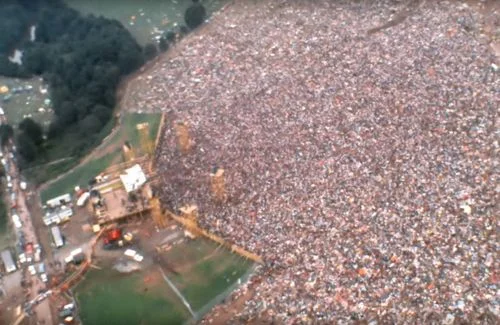
When nearly half a million young people descended on Max Yasgur’s farm in August 1969, many adults genuinely feared that civilization as they knew it was ending. The idea of that many teenagers and twenty-somethings gathering without adult supervision, listening to rock music, and living in temporary harmony seemed like a recipe for disaster to worried parents and authorities. Local officials braced for riots, drug overdoses, and general mayhem, unable to imagine that such a massive gathering could remain peaceful and celebratory.
Today’s music festivals, with their corporate sponsors, professional security teams, and carefully managed logistics, make Woodstock look like an incredibly innocent and spontaneous gathering of like-minded music lovers. The muddy fields and improvised stages that once seemed so chaotic and dangerous now appear refreshingly authentic compared to today’s highly commercialized concert experiences. What once terrified the establishment as a sign of social breakdown is now remembered as a beautiful example of peace, love, and music bringing people together.
11. Long Hair on Men Becoming Acceptable

The first time a clean-cut American boy let his hair grow past his ears, it was practically a family crisis that could divide dinner tables and spark heated arguments about respect, tradition, and what it meant to be a man. School administrators sent boys home for violating dress codes, employers refused to hire anyone whose hair touched their collar, and parents threatened everything from military school to complete disinheritance. Something as simple as hair length became a battleground between generations, with each inch representing a step away from conventional masculinity.
Today, when men routinely sport ponytails, man buns, and styles that would have scandalized their grandfathers, those early battles over hair length seem almost adorable in their intensity. The flowing locks that once marked someone as a dangerous rebel now look perfectly respectable in corporate boardrooms and family photographs. What once required such courage to maintain—enduring stares, comments, and family arguments—has become so accepted that it’s hard to remember when a man’s hairstyle could be considered a political statement.
12. Television Shows Featuring Controversial Social Issues
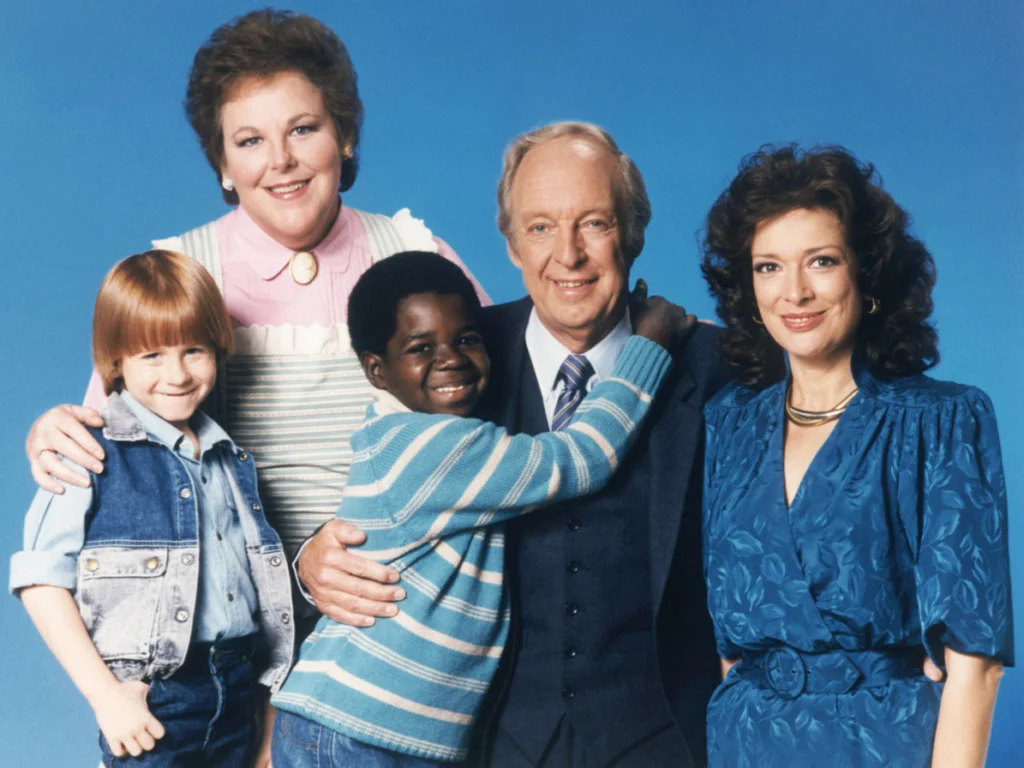
When programs like “All in the Family” and “The Smothers Brothers Comedy Hour” began tackling subjects like racism, war, and social inequality in primetime, network censors worked overtime and sponsors nervously reconsidered their advertising commitments. The idea that family television could address serious social problems rather than just providing harmless entertainment was revolutionary, challenging the notion that controversial topics should be kept out of America’s living rooms. These shows walked a careful line between humor and social commentary, knowing that one wrong joke or overly political statement could result in immediate cancellation.
Compared to today’s television landscape, where shows routinely explore complex social issues and moral ambiguity, those pioneering programs seem almost gentle in their approach to controversy. The carefully crafted social commentary that once seemed so daring now looks like thoughtful, measured discussions of important topics rather than shocking television moments. What once required tremendous courage from writers, producers, and performers has become the standard expectation for quality television drama and comedy.
13. The Moon Landing Bringing the World Together
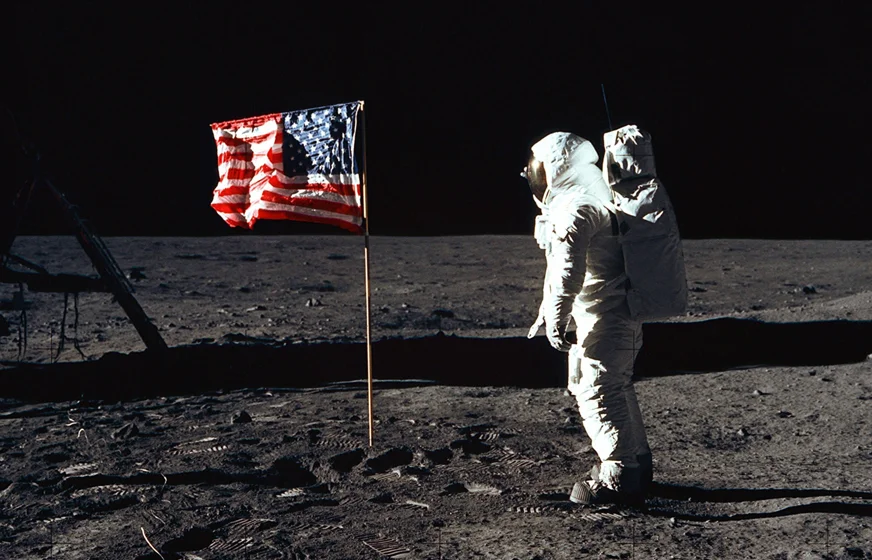
When Neil Armstrong took that first step onto the lunar surface on July 20, 1969, an estimated 650 million people around the world stopped what they were doing to watch history unfold on their television screens. The idea that humans could actually travel to another celestial body seemed like pure science fiction to many viewers, yet there it was happening in grainy black and white right in their living rooms. For a brief moment, national boundaries and political differences seemed to disappear as everyone on Earth shared in this incredible human achievement.
Today, when we carry more computing power in our pockets than the entire Apollo program used to reach the moon, that first lunar landing might seem less technically impressive but no less emotionally powerful. The wonder and unity that gripped the world during those historic moments now serves as a reminder of what humans can accomplish when they work together toward a common goal. What once seemed like an impossible dream has become the foundation for our current space exploration efforts, making those pioneering astronauts look like the brave pathfinders they truly were.
The 1960s gave us moments that seemed earth-shattering at the time but now feel like natural stepping stones on the path to progress. Each of these revolutionary acts—whether it was growing your hair long, questioning authority, or simply demanding to be treated as an equal—helped create the world we live in today. Looking back, it’s remarkable how much courage these seemingly small acts required and how dramatically they changed the course of American society, one brave step at a time.


